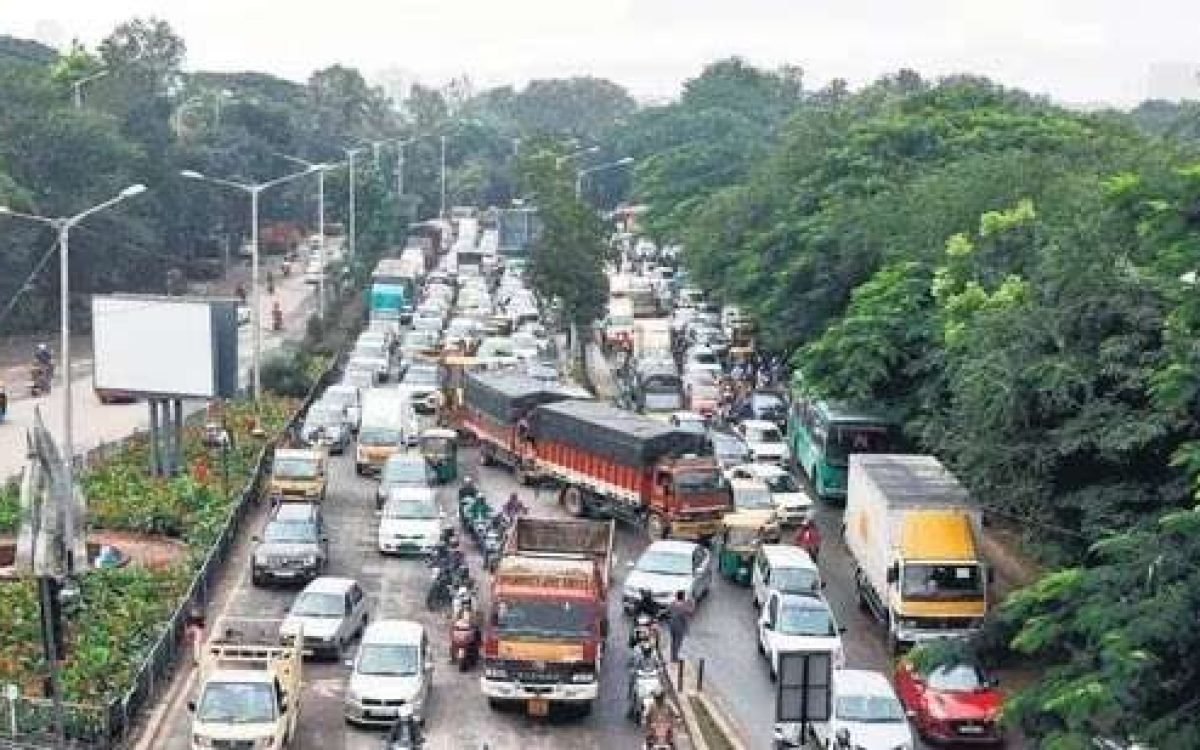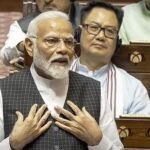Navigating Bengaluru’s Congestion Challenge: A Closer Look at Traffic Dynamics
Bengaluru, often dubbed the Silicon Valley of India, has witnessed a marginal improvement in global congestion rankings, according to TomTom’s latest report. The Amsterdam-based location technology specialist placed Bengaluru as the sixth most congested city globally in 2023, a slight shift from its second-place ranking in 2022. Despite this improvement, the city still retains its title as India’s most congested urban center, grappling with vehicular traffic challenges.
Time on the Roads: A Comparative Analysis
TomTom’s data reveals that the average time to cover 10 kilometers in Bengaluru in 2023 was approximately 28 minutes and 10 seconds. This marks a minor improvement from 2022 when the same distance took 29 minutes and 9 seconds, making Bengaluru the second slowest city globally. The city’s average speed stands at 18 kmph, slower than any other Indian city but comparable to the top-ranked London.
International Congestion Landscape
London holds its ground as the most congested city globally, with an average speed of 14 kmph, a mere 4 kmph difference from Bengaluru. Dublin, Milan, Lima, and Toronto also trail behind Bengaluru in terms of traffic speed, according to the TomTom report.
Private Vehicles Pile-Up and Daily Registrations
In a recent development, Bengaluru claimed the title of India’s city with the highest number of private vehicles, surpassing even the national capital, New Delhi. With approximately 23 lakh private cars contributing to the traffic snarls, Bengaluru grapples with an additional 2000 new vehicle registrations daily. This surge in private vehicles poses a substantial challenge for the government, as stated by Karnataka Deputy CM DK Shivakumar.
Economic Toll of Traffic Woes
Beyond the inconvenience, Bengaluru faces a significant economic toll due to traffic-related issues. Research conducted by traffic and mobility expert MN Sreehari and his team estimates an annual loss of Rs19,725 crore. This staggering figure encompasses factors such as traffic delays, congestion, signal stoppages, time loss, and fuel consumption, highlighting the multifaceted impact of congestion on the city’s economy.
Government’s Challenge and Solution Pathways
Deputy CM DK Shivakumar acknowledges the herculean task faced by the government in maintaining roads amidst the heavy vehicular load. Despite the challenges, he emphasizes the government’s commitment to addressing the issue. White topping, a road construction technique, is proposed as a durable solution, providing Bengaluru’s roads with an endurance of 30 to 40 years.
In conclusion, Bengaluru’s journey towards alleviating congestion involves not just addressing immediate concerns but also envisioning long-term solutions that balance urban mobility with sustainable development. The city’s ranking shift signals a step in the right direction, but the road to smoother traffic is an ongoing endeavor that demands collaborative efforts from both the government and citizens alike.









